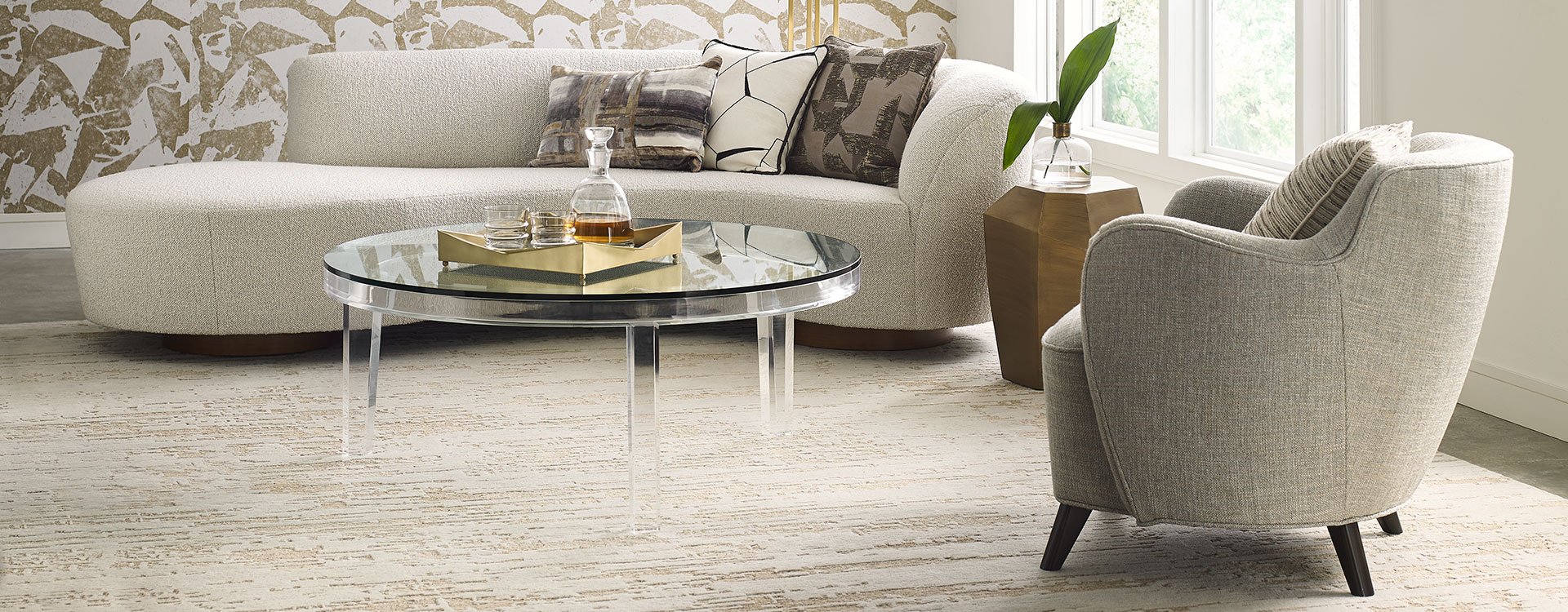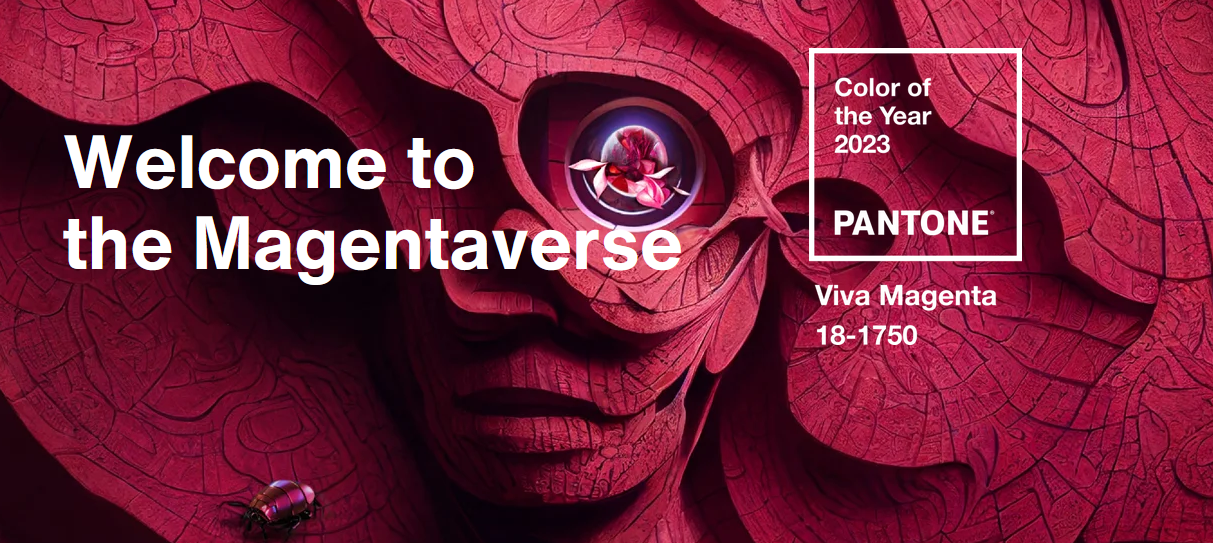As you may (or may not) know, a black hole is a region of space-time where gravity devours everything, including light and energy. For an interior designer, project management is just such an area of destructive gravity.
The list of tasks that come under the heading of “Project Management” for an interior designer, whether for a basic remodel to an all-inclusive re-imagining of the entire living space of a home is nothing if not an Earth-bound black hole. Managing these aspects of the job requires an experienced designer who is intimately familiar with all aspects of a design project.
-OR-
You can invest a relatively modest amount of dollars in one of the latest digital tools available to save designers time, energy, and money. (Huh, who’d a thunk it?)
Time to Reject That Gravitational Pull
We would not normally share so many business-building tips in a single post. However, we believe this area is important enough to give you at least a glimpse of the design-centric project management systems recently featured by the folks at BusinessOfHome.com.
Studio Designer – Now over 30 years old and ranging in price from $54 to $72 per month, “this well-established platform has a user base of 14,000 designers [and] facilitates the creation of proposals, quote requests, time billing, invoicing, and accounting [specifically] for the interior design industry. Part of what designers like about Studio Designer is its client-facing portal, where projects can be viewed anytime, and payments can be made via credit or debit card and bank transfers.”
Houzz Pro – This popular home remodeling platform, “offers [interior design professionals] an array of tools from its well-known product clipper to email marketing and lead generation functions, integration with QuickBooks, and an augmented reality feature that allows designers and their clients to virtually experience their proposed vision onsite in 3D. The platform also comes with built-in lead generation from Houzz.” can get pricey, with packages ranging from $65 to $400 per month.
Mydoma Studio – Created by an interior designer and her app developer husband for her own use, they realized they had solved many of the pain points experienced by others. And so, “the pair launched Mydoma Studio as a wider offering. The resulting platform provides tools for project and client management, purchase orders and invoicing, vendor and team collaboration, time tracking, mood boards, and product sourcing, [plus] templates for a basic interior design contract or an initial client questionnaire, as well as webinars and events.” Monthly costs range from $49 to $99 for the platform.
Design Manager – This aptly named app offers more than basic project management functions. “Design Manager has additional applications for firms that hold inventory in multiple locations, stock products, or operate a showroom or storefront. Those retail-minded features have made the platform a go-to for designers … who rely on the platform’s tools to accept payments for merchandise and track inventory and employee commissions as they balance design work with bustling retail operations.” The platform goes for $65 per month.
Design Files – Wow, what a great tagline: “Design, manage, get paid and grow.” The platform makes a serious effort to live up to this by being “similar to other design-specific project management tools [but] its features include a room planner, product clipper, time tracking, and QuickBooks integration. Design Files stands out by offering a unique plan tailored for e-designers, [including an option] to integrate their design packages onto their website and easily process payment[s] upfront.” E-design packages begin at $49 a month per user, while a full-service plan starts at $69 a month per user.
(Dang, does anyone have one of these made for easier living?)
What Have You Got to Lose?
For us, it’s simple. An interior designer has pretty much nothing to lose by trying any of these reasonably priced project management platforms. Well, except for the stress and headaches you will likely lose!
Plus, Ted remains available to help as well, with business consulting to the trade and as a potential guide for the use of digital project management platforms for designers and furniture dealers. If you’d like to chat with him about your design business needs, simply… Contact TD Fall today.

















